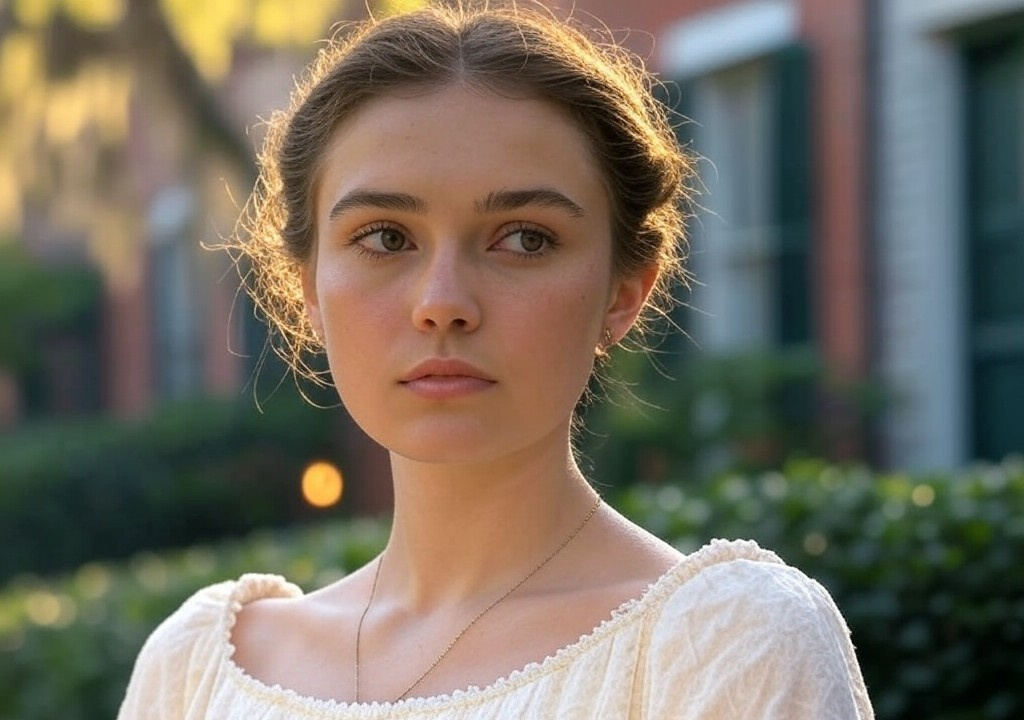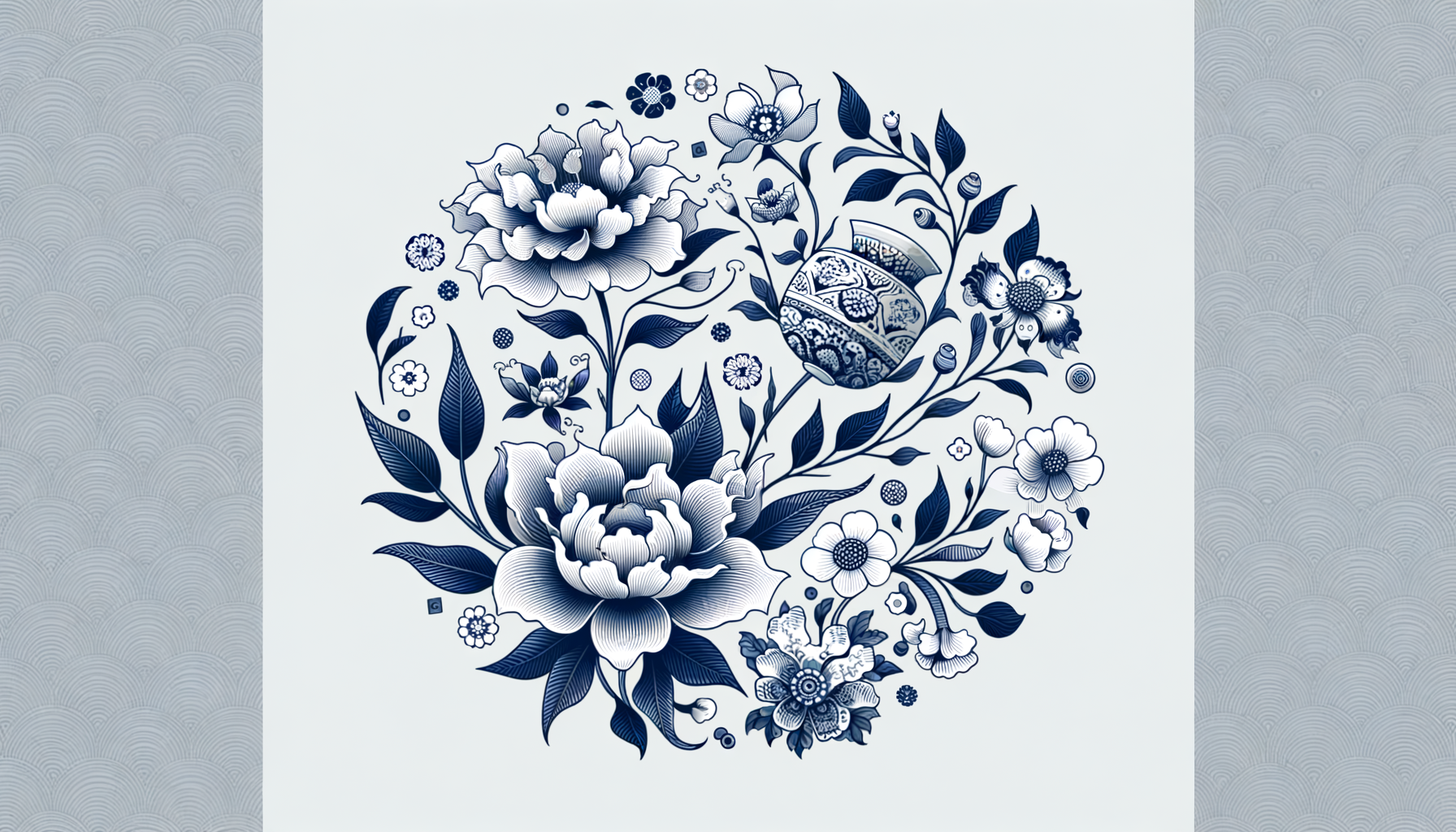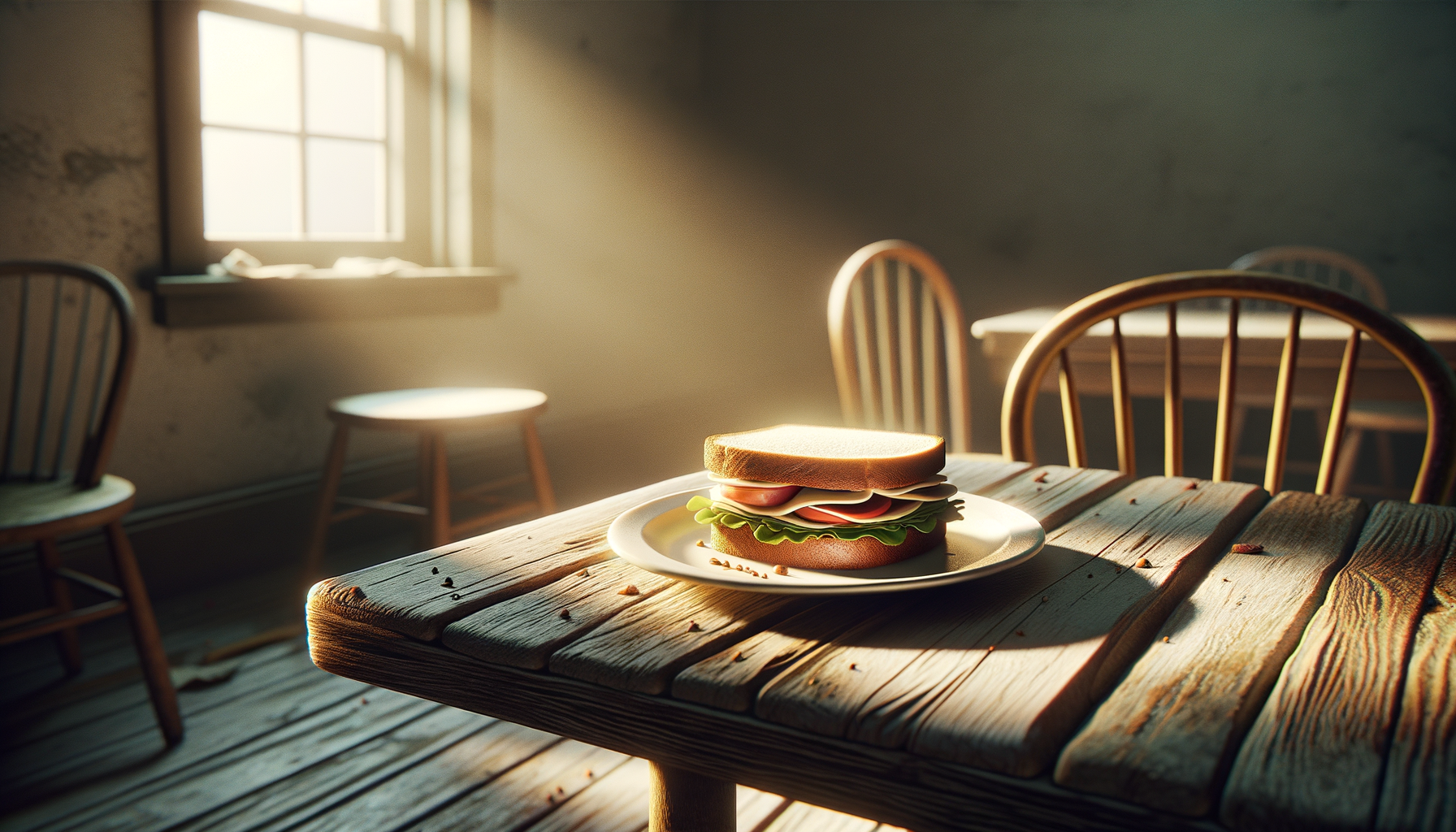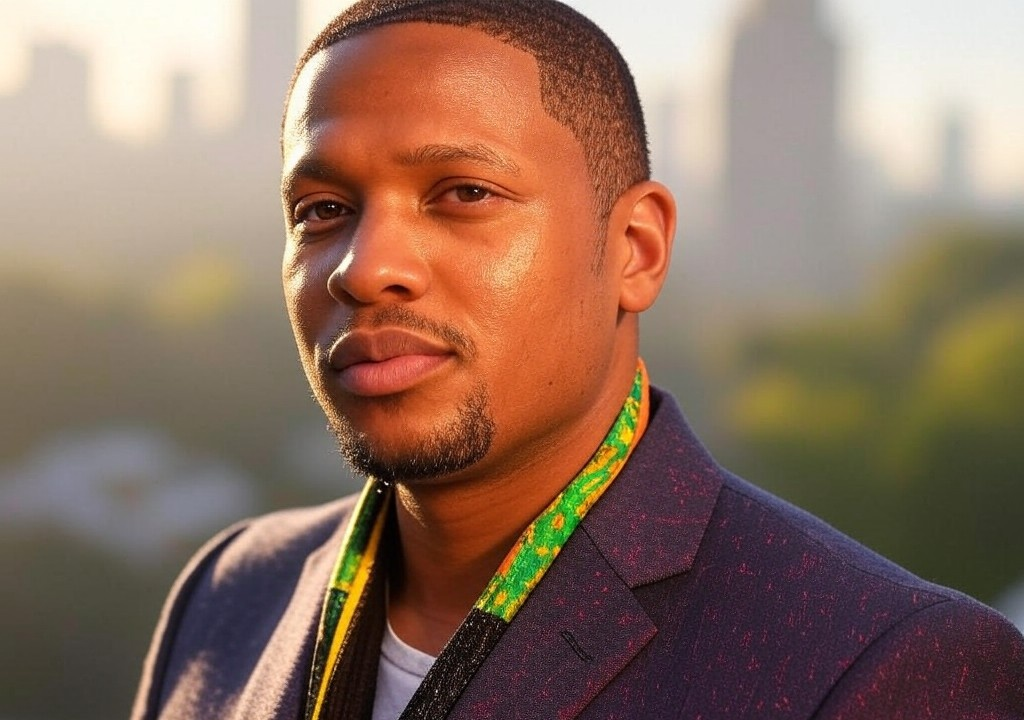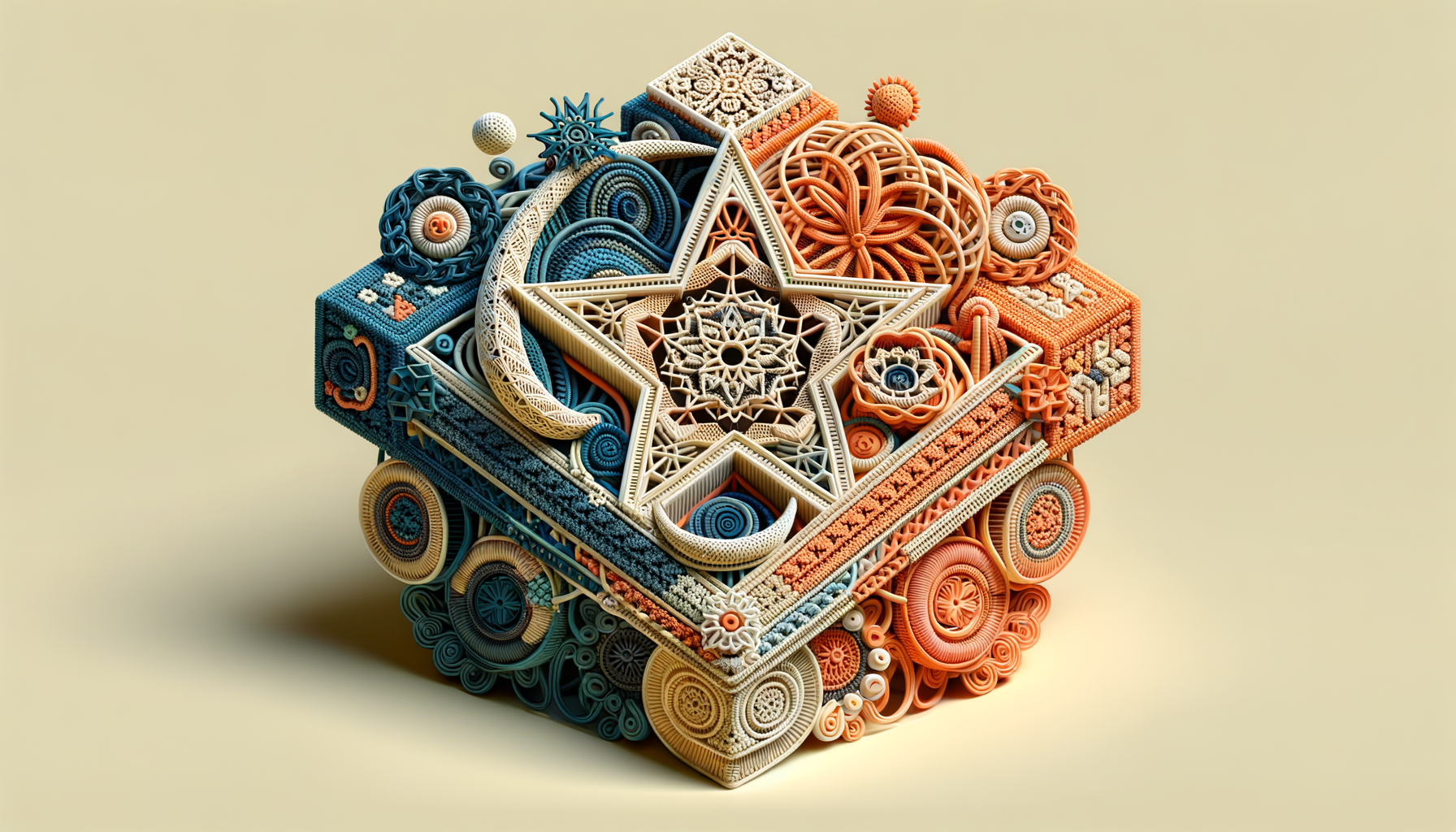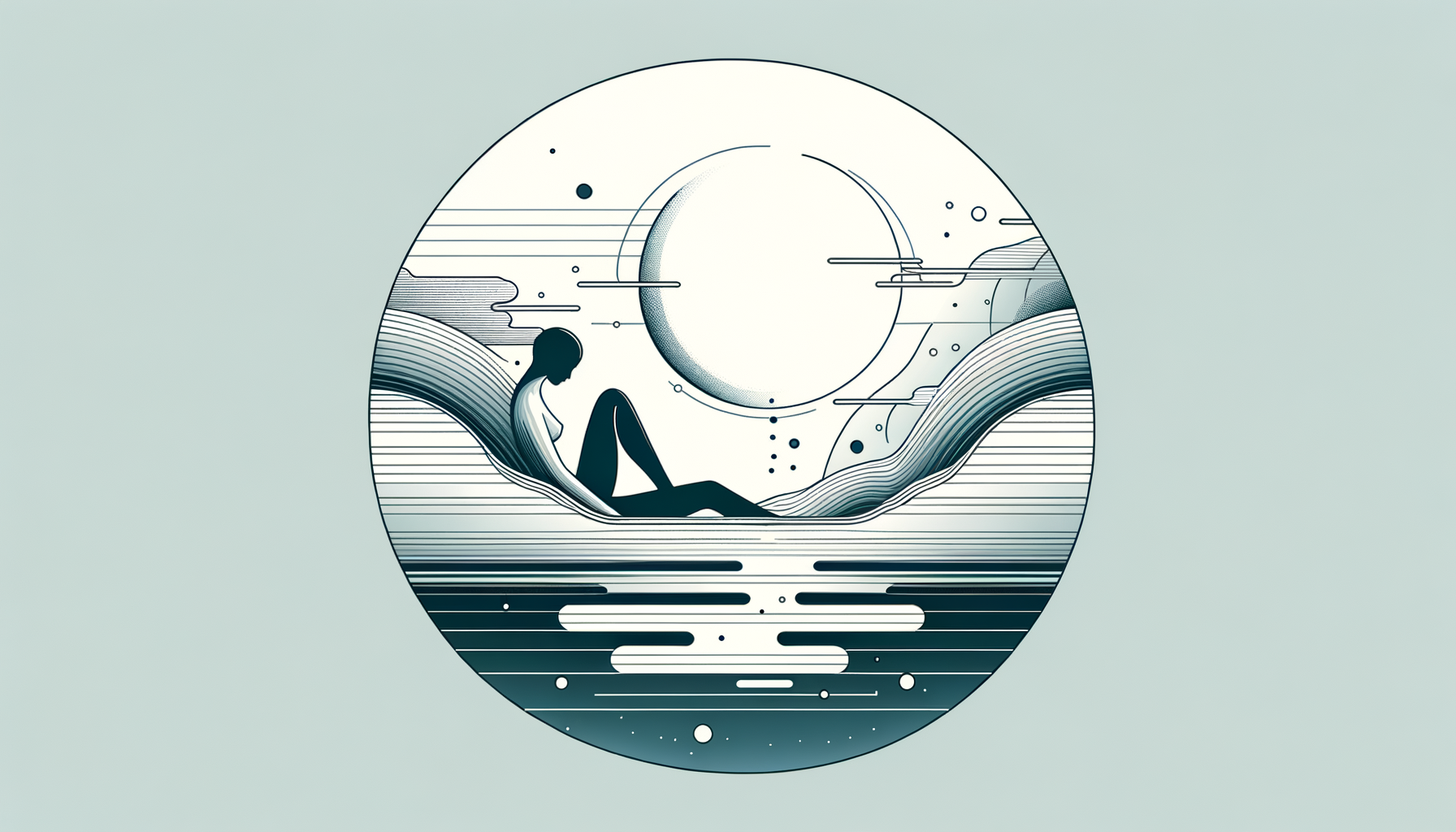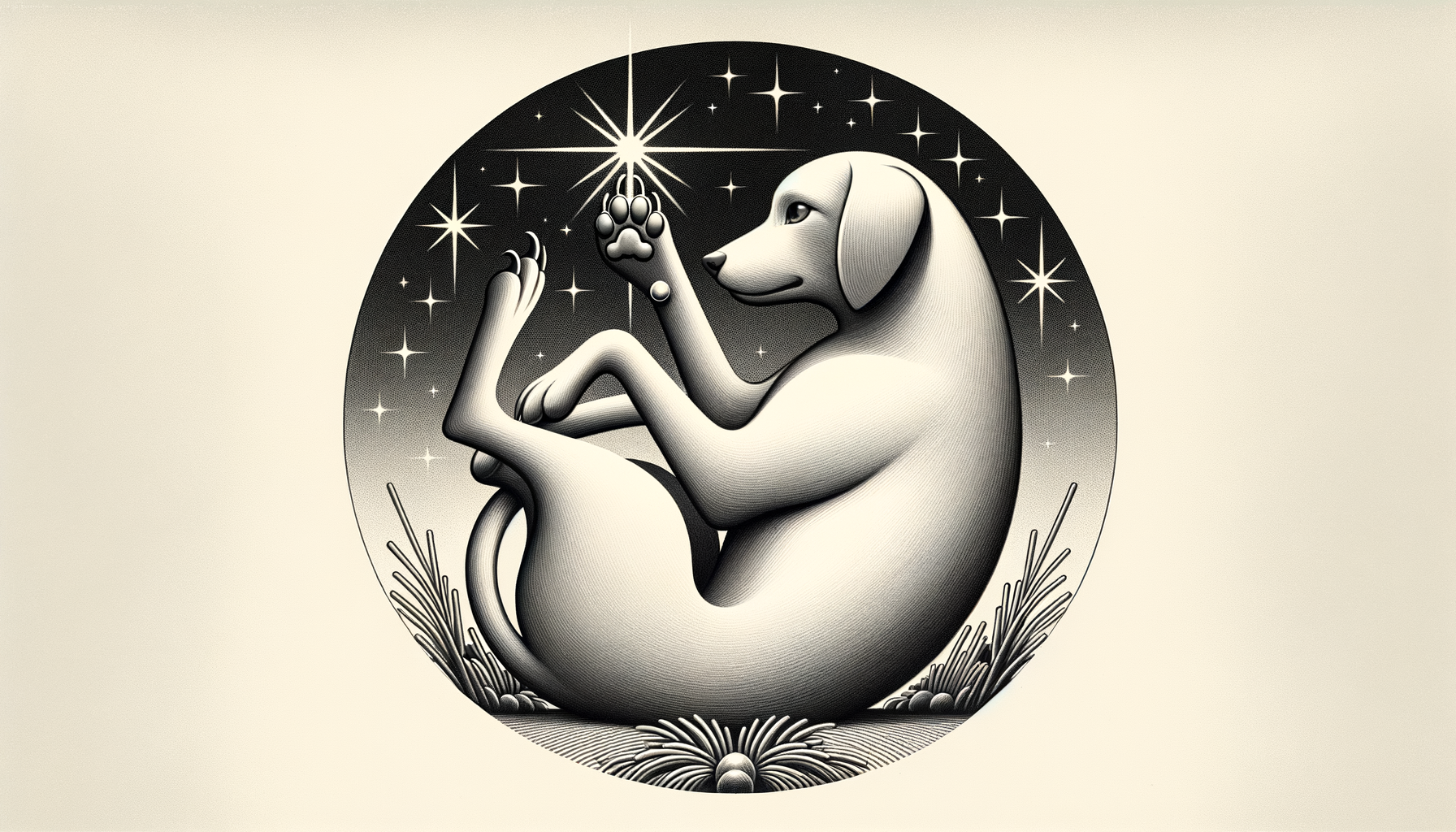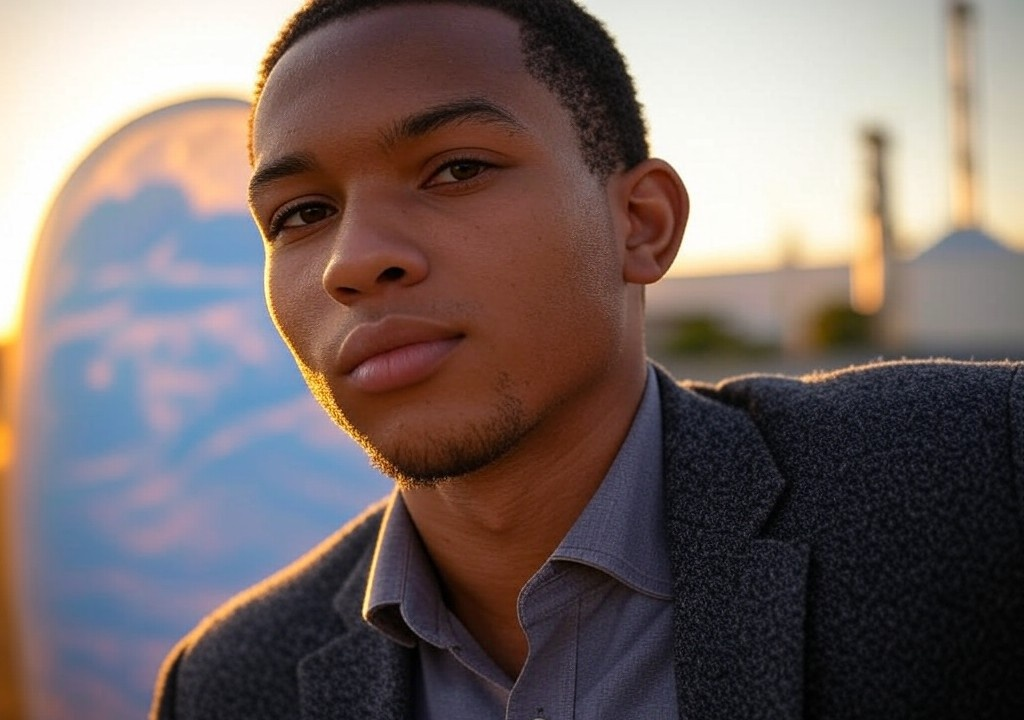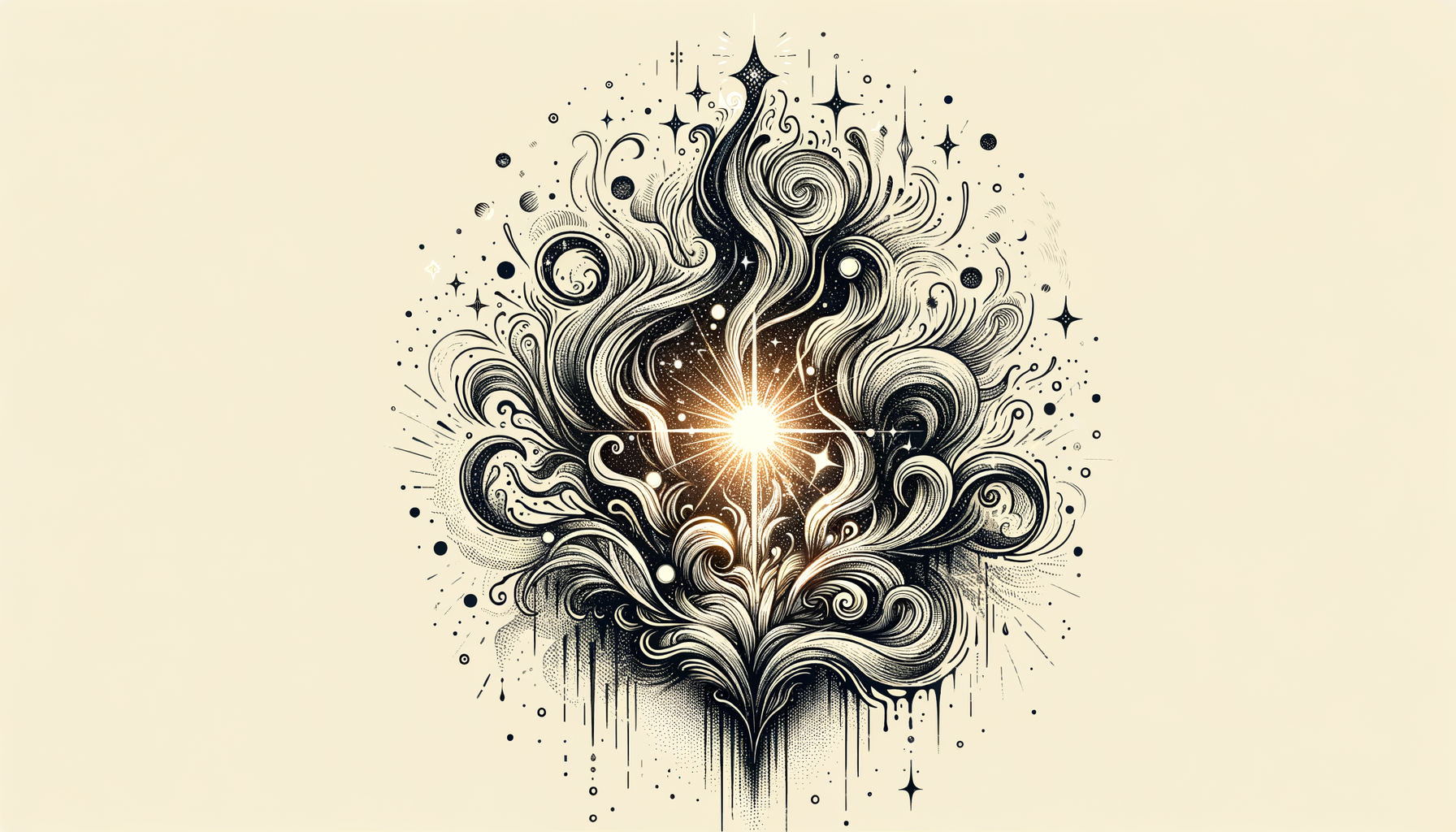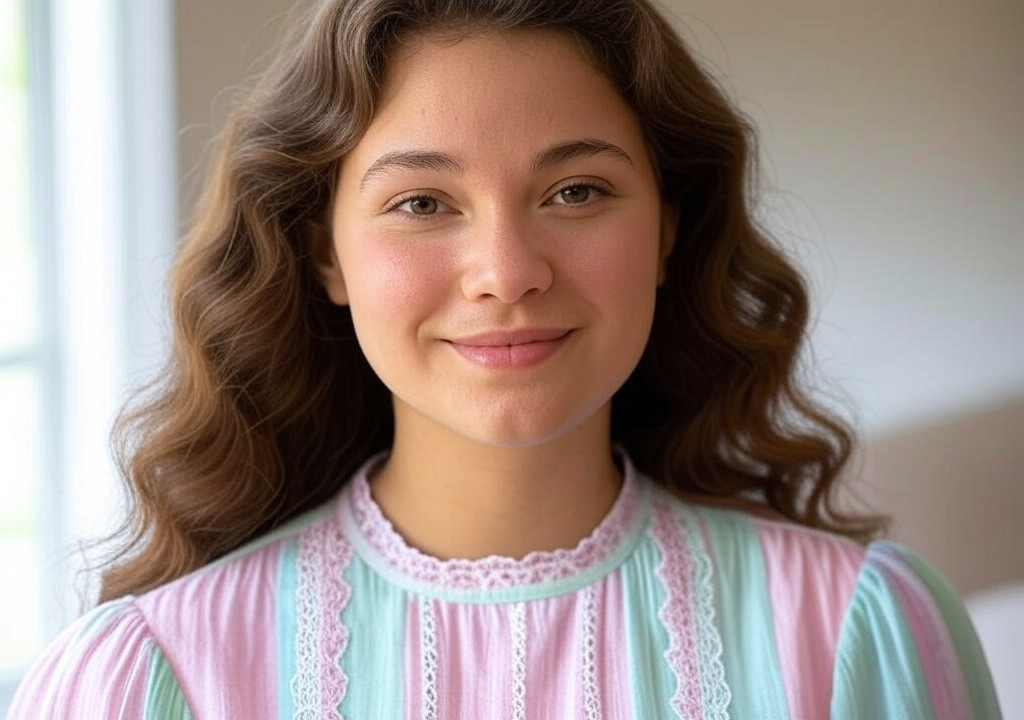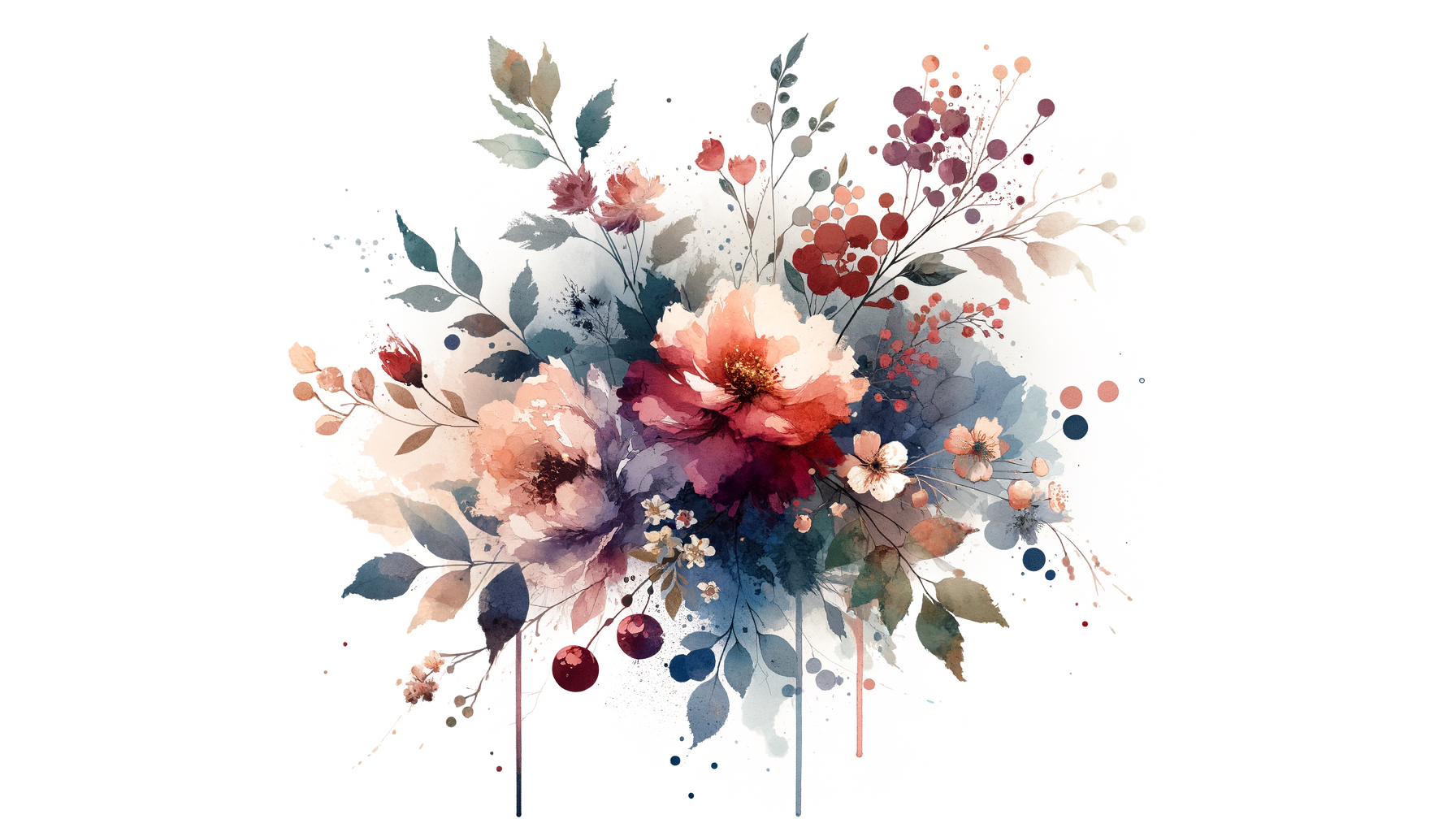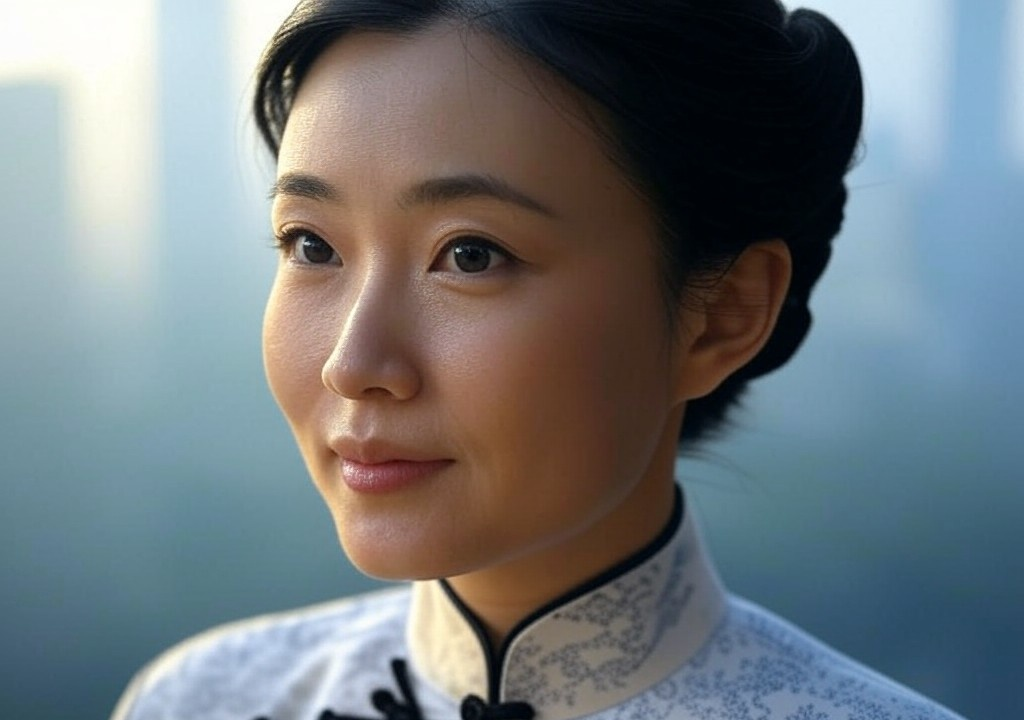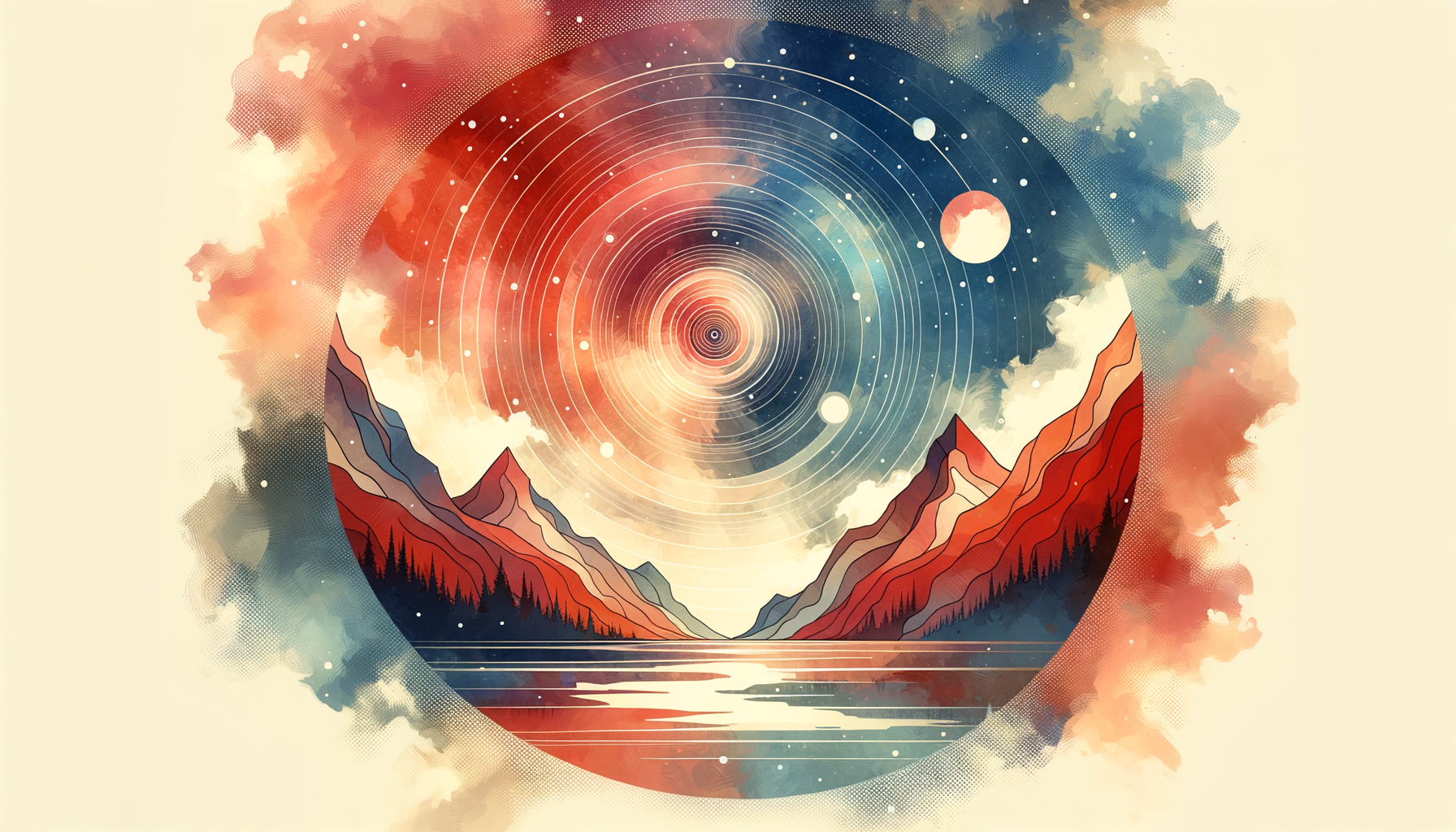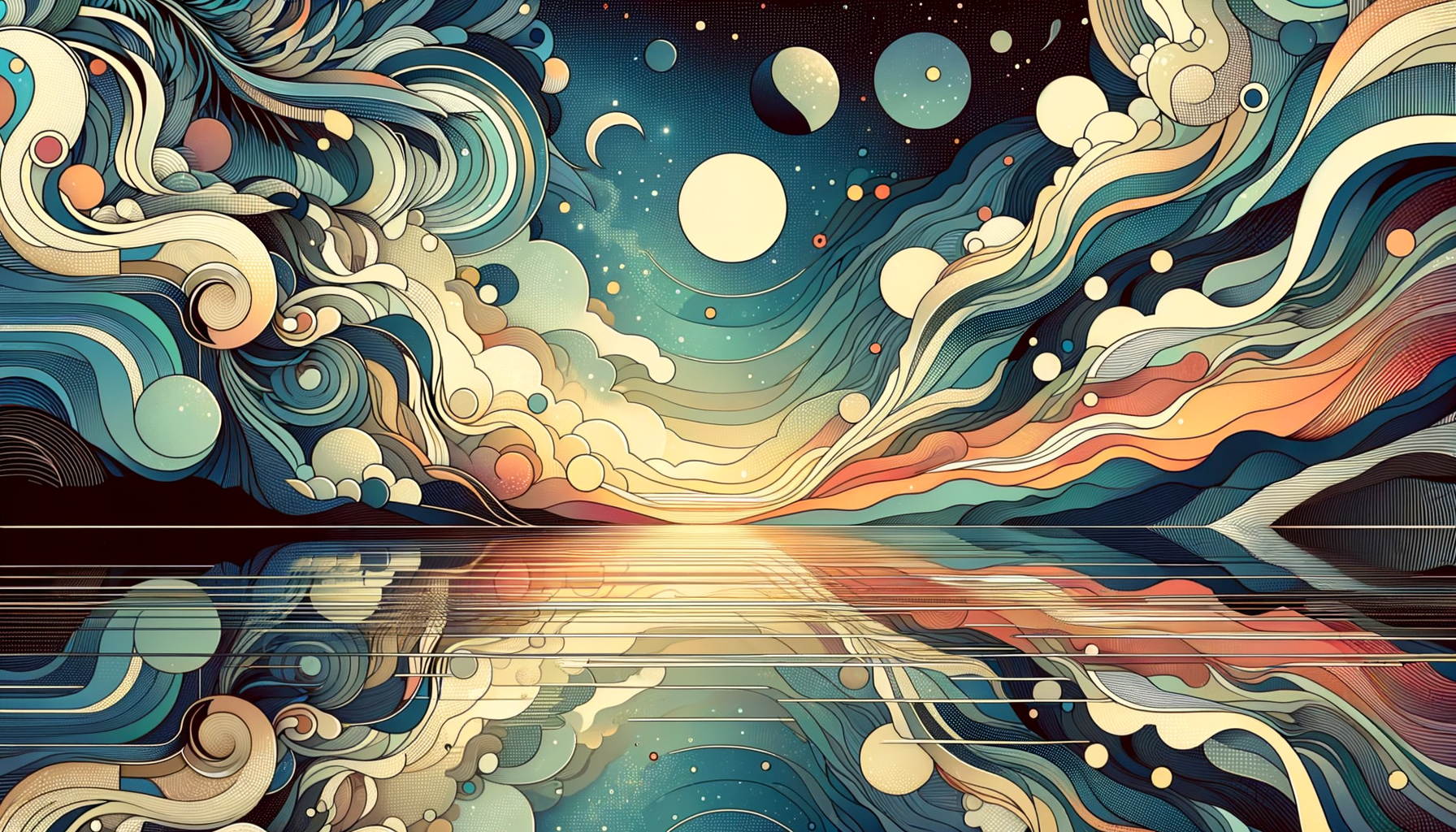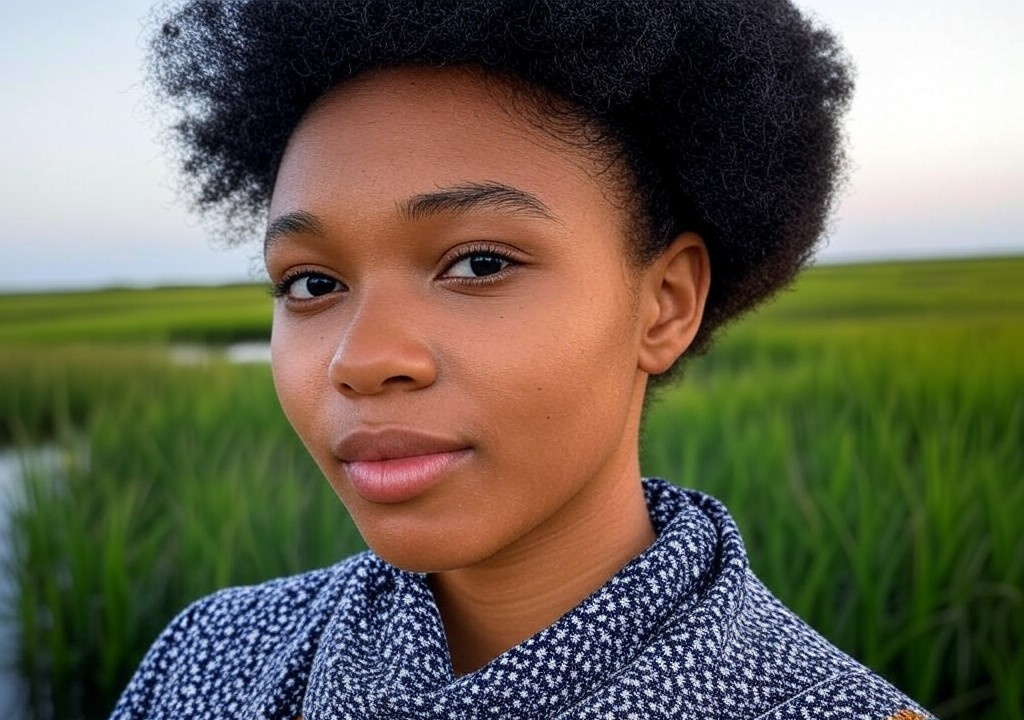They say you never forget your first love, but honestly, my first love was more complicated than swooning over a high school crush or some brooding prom date. My first love wasn’t a person at all—it was a way of seeing the world. It was art. Dramatic pause. Cue the misty Spanish moss swaying in the Savannah breeze.
But let’s backtrack a bit, shall we? Because this romance didn’t develop overnight. It grew, slowly and stubbornly, like a camellia bush in red clay soil. It’s the kind of story where the meet-cute isn’t immediately romantic but transforms into something enduring—exactly the kind of chemistry we all dream about, right?
So, pull up a rocking chair (or just imagine yourself sitting on one under a big oak tree), and let me tell you how I fell in love with my passion, why I remained committed to it through the awkward phases, and how it continues to inspire me every day.
The Meet-Cute: A Curious Girl with a Curious Eye
Let’s set the scene: Savannah’s historic district, 1998. A little girl with wide eyes and an even wider imagination was trailing behind her father during one of his architectural site visits. My dad had a job restoring antebellum mansions, breathing life into crumbling plaster and peeling paint. To him, it was work—concrete, practical work. To me, it was magic. Like he had some secret spell to bring the past back to life.
I distinctly remember wandering into the dining room of one of those houses, where an old, gilded mirror hung on the wall, cracked but still glinting in the dim light. It made me wonder—who had looked into that mirror? Did they like what they saw? Were they happy? I made up stories about them, imagining their voices echoing in grand halls.
I couldn’t have articulated it back then, but I was enamored by the in-between, the way history and humanity lingered in the cracks of things: chipping paint, a warped stair step, the soft creak of loose floorboards. I saw people’s stories in those details, and I wanted—needed—to understand them.
If this were one of those classic rom-coms, this would’ve been our meet-cute: me standing there, staring wide-eyed at that gilded mirror, while everyone else rolled their eyes and moved on to lunch.
The Courtship: Falling Deeper in Love
Like any good love story, my romance with art and history deepened over time. College was where the relationship truly flourished. At Emory, I majored in Art History, and it’s safe to say I went full "You’ve Got Mail" cozy intellectual mode. I spent long afternoons in the library, surrounded by stacks of books with titles like The Structure of Antebellum Architecture or Decoding Renaissance Symbology. My roommate teased that I was like the "art nerd bootleg version of Indiana Jones," but I knew I was on to something.
It wasn’t just about art for art’s sake. I fell for the way art reflects who we are—our insecurities, our desires, our messy, wonderful contradictions. Studying the brushstrokes of a painting or the curve of a steeple felt like reading love letters from another time. Each piece had a story to tell if you paid close enough attention.
Honestly, this is where I should’ve been cautious. Call it the "honeymoon phase." I was so smitten that I believed passion alone was enough. But as anyone who’s been in a serious relationship knows, real love takes work.
The Hard Times: When Passion Feels Like a Problem
After grad school, I came home to Savannah, thinking my newfound expertise would land me the perfect job. Instead, I landed... nowhere. Suffice it to say, the world wasn’t exactly begging for another Southern Cultural Studies scholar at the time.
Cue the existential funk. Was this the equivalent of art ghosting me? I went through a bleak phase where my passion felt more like a high-maintenance partner than the love of my life. I was overworked, underpaid, and wondering if I’d made the wrong choice. It felt like trying to keep a long-distance relationship alive but dialing a number that no longer worked.
If you’ve ever been in a dry spell (dating or career), you know the feeling of frustration that creeps in. You start second-guessing yourself. You wonder if you need to settle for something easier, simpler, less demanding. For me, that meant wondering if I should forget the grandeur of Savannah’s moss-draped arches and trade it all for a 9-to-5 job in Atlanta, surrounded by beige cubicle walls.
But something stopped me from giving up entirely—my own stubborn heart. I thought back to that room with the gilded mirror, to the first time I felt the thrill of discovery. Somehow, I knew that joy was still there, even if right then, it was buried under anxiety and self-doubt.
So, I made peace with the fact that passion isn’t always exhilarating. Sometimes, it’s a slow burn, a quiet commitment to showing up even when it feels like the spark has faded.
The Commitment: How My Passion Drives Me Today
I wish I could tell you there was an “aha” moment—some dramatic epiphany where I rediscovered my passion like in the final act of a movie. But real life is never that tidy. Instead, I chipped away at it. I built a life around the things I loved piece by piece, like restoring one of my father’s historic mansions.
I started writing—the kind of writing that had the same soul as that art-filled dining room with the cracked mirror. First, I wrote travel essays, weaving history into stories people could feel and understand. Then, I tried fiction, spinning tales about Southern families and their ghosts, both literal and metaphorical. Somewhere along the way, I realized my passion wasn’t just art or history on its own—it was storytelling.
That’s the thing about passion: it changes, evolves, grows alongside you. But the core of it remains. For me, it’s always been about capturing those in-between moments, the details that make life vivid and full and achingly beautiful—whether that’s in a painting, a novel, or a quiet afternoon walk through Savannah’s cobblestone streets.
How to Fall in Love with Your Own Passion
Of course, this isn’t just my story. We all have passions, though they might take years to find or feel impossible to hold on to at times. If you’re struggling to connect with yours, maybe try one of these:
- Look Honestly at What Makes You Come Alive: Think of the last time you lost track of time doing something. That’s usually a good clue.
- Don’t Compare Passion to Perfection: Your passion doesn’t have to be something you’re exceptionally good at. It just has to stir something in you.
- Give It Space to Change: Let go of the idea that your passion has to stay static. It will—should—transform as you grow.
- Be Okay with the Messy Middle: The relationship between you and your passion won’t always be seamless. Treat it the way you’d treat someone you care about—nurture it, especially when it feels strained.
The Ever-After: A Love That Lasts
Falling in love with your passion is a lot like falling in love with a person—it’s thrilling, confounding, sometimes even maddening, but ultimately, it’s worth it.
Today, I’m more in love with the work I do than I ever was at 10 years old, staring into that gilded mirror for the first time. And while it’s no fairy tale, there’s something deeply rewarding about knowing I’ve chosen this path—even through the stumbles, the detours, the doubts.
Because passions, like relationships, aren’t about perfection or guarantees. They’re about showing up, paying attention, and finding beauty exactly where you are.

